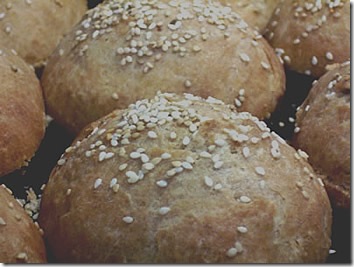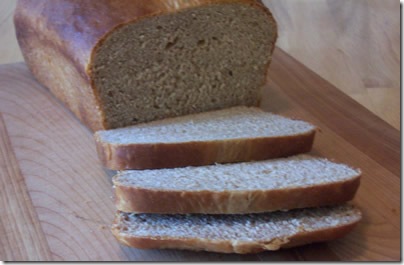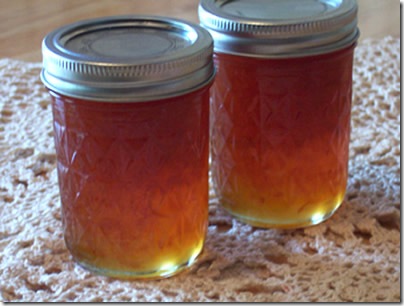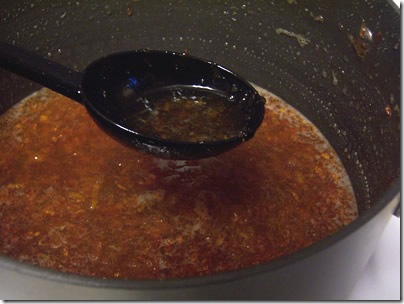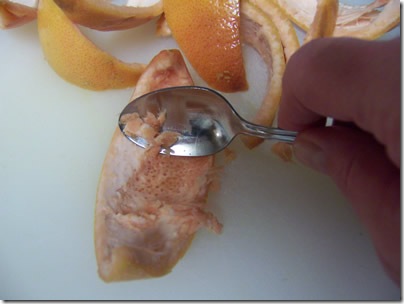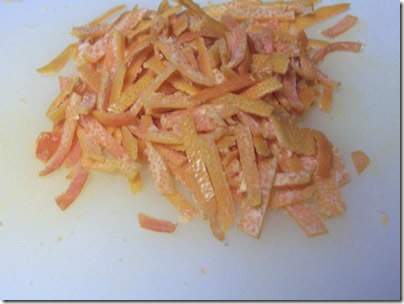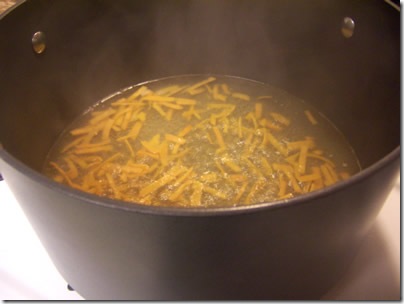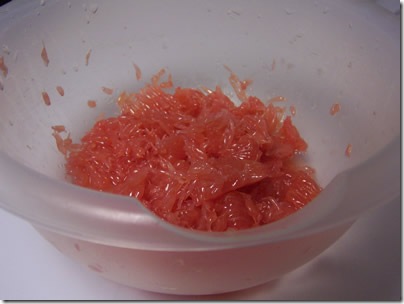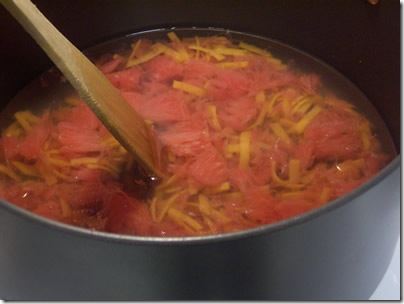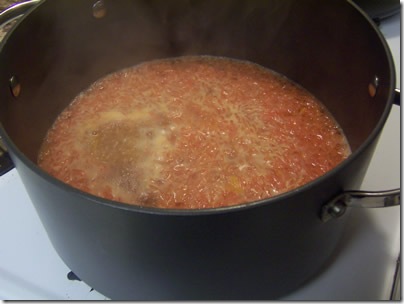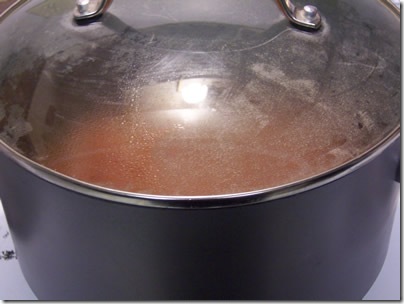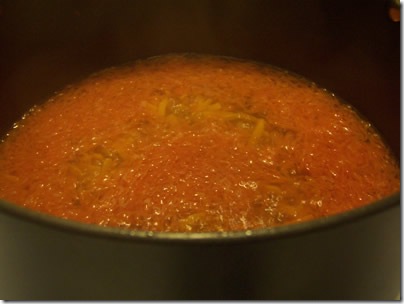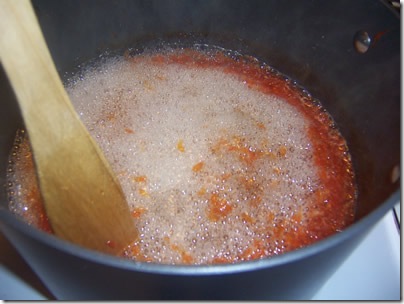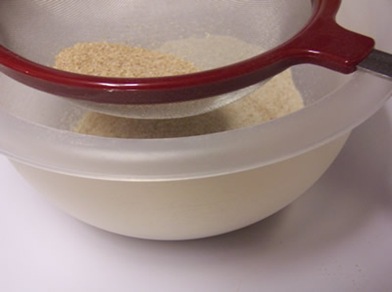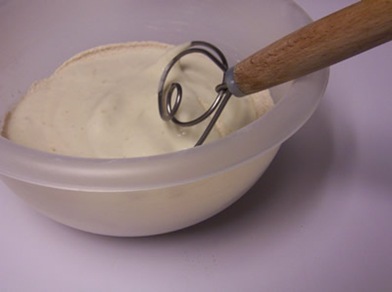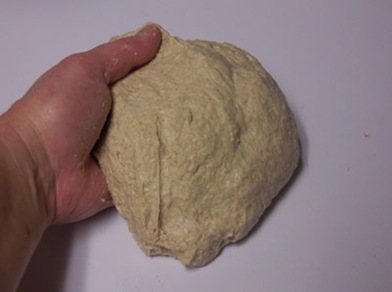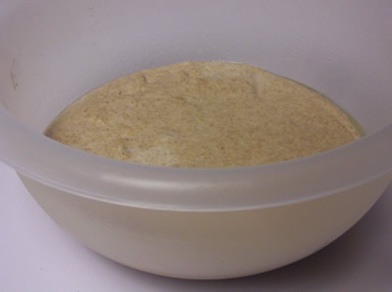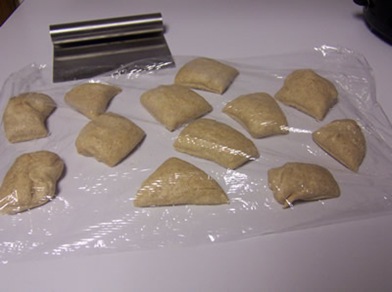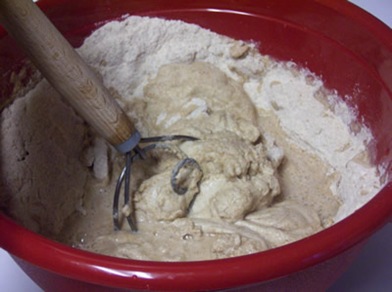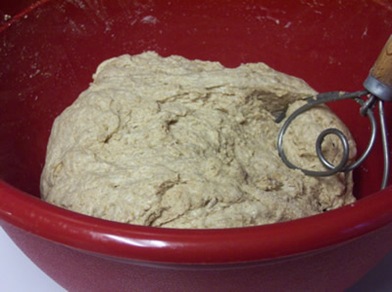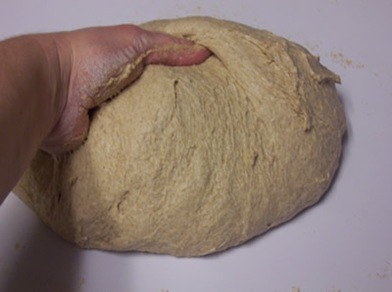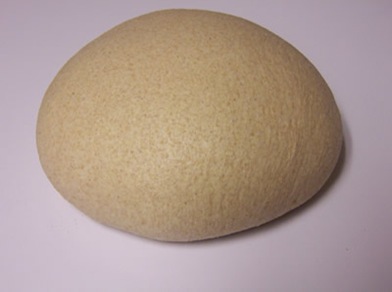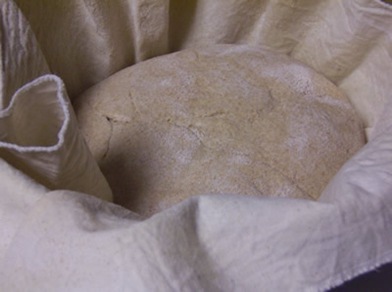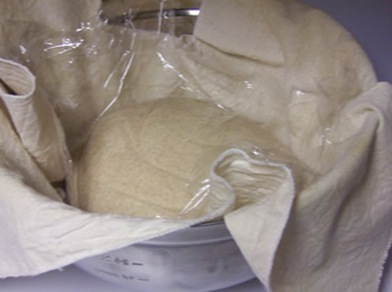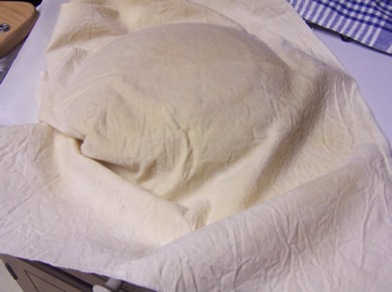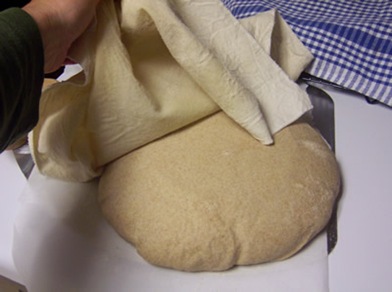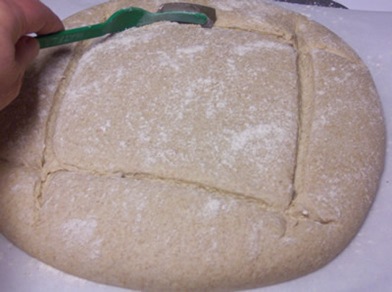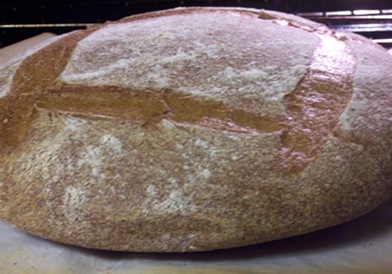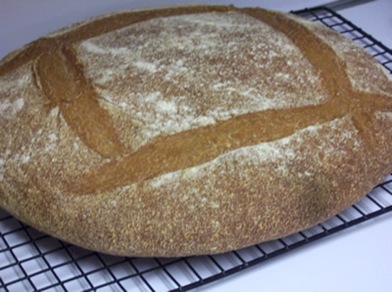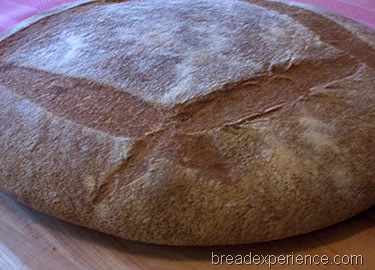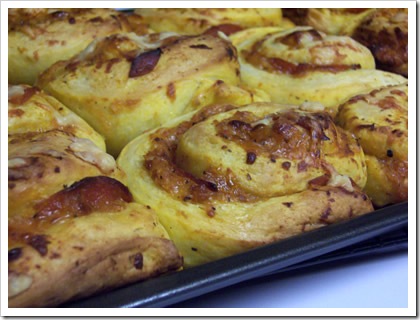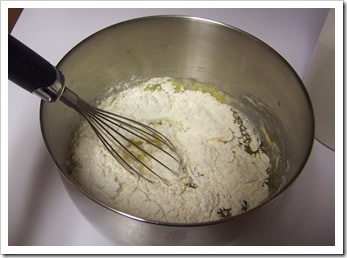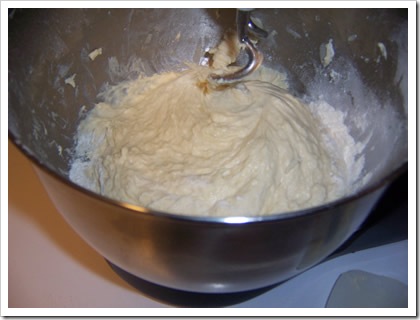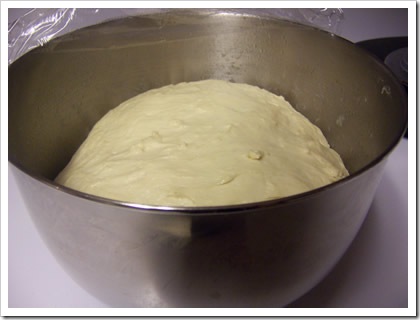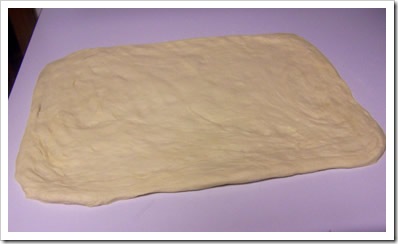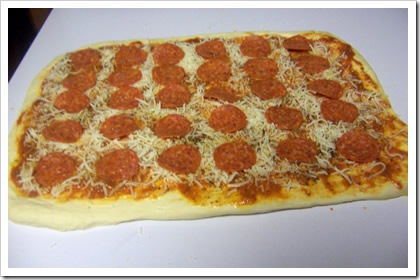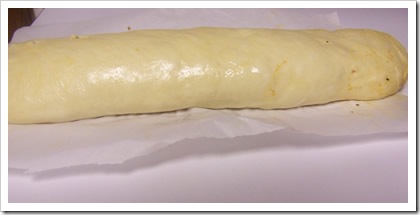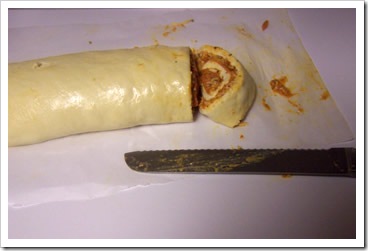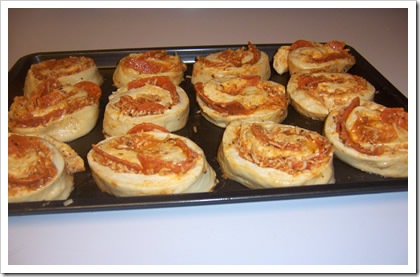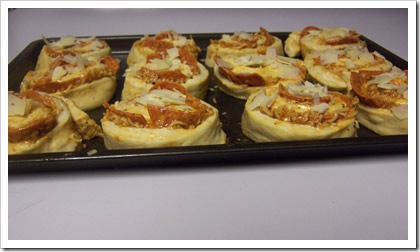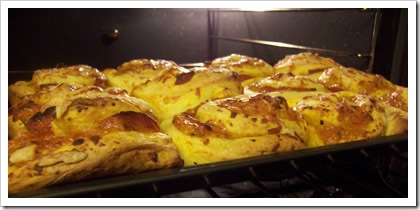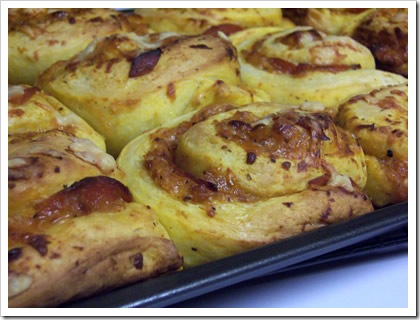This is a tale of two carnivores and a tunnel in the dough. The tale begins with two carnivores who wouldn’t eat the Soft Whole Wheat Hamburger Buns I made in the HBinFive baking group this past weekend because they had Black Bean Burgers in them. Of course, the two carnivores I’m referring to are my sons.
I have to give them a little credit though. My oldest son took a bite. He then proclaimed that it tasted like meatloaf and wouldn’t eat anymore. My youngest son attempted to eat one but said it tasted like he was eating a big bean. So, at this point, they both decided to go out and get a “real” burger.
So I ate the black bean burger on the soft whole wheat bun and thoroughly enjoyed it. The next day, I shared one with my non-meat-eating taste tester (aka BF) and he enjoyed it as well. We had the burgers with home canned pickles. They were delicious!
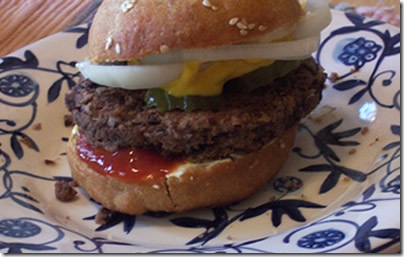
Here is the recipe for the black bean burgers.
They really are good even if my carnivores don’t like them!
The morale of this story is don’t bother wasting your culinary experiments on two carnivores that would rather eat a burger from a fast food joint than “real” food. Just kidding! I knew they wouldn’t eat them! But it sure was fun watching them squirm.
Remind me to tell you about the meatball episode! I will never let my oldest son forget that one! Sure wish I had gotten it on video. It would be all over uTube now.
But I digress…
Here is a picture of the whole wheat buns. I think these would also taste good as warm rolls with nothing but butter.
Moving right along…
The next part of the tale involves the tunnel of love, I mean dough.
In the HBinFive bread baking group, we also made Soft Whole Wheat Sandwich Bread from the same Healthy Bread in Five Minutes Soft Wheat Dough. I really like the fact that you can make several different breads from the same dough.
The loaf was very soft and fluffy and I had very high expectations for it. This is what it looked like when I first sliced it (see below). I was really looking forward to enjoying it with peanut butter and homemade strawberry jam. I used my PB&J test, but it didn’t pass. It tasted eggy! It’s made with 5 eggs for goodness sake! I thought I just didn’t like the bread, but soon found out what had happened.
It was gummy and not completely cooked and it had a tunnel in it. There’s a name for this phenomenon - baker’s cave or something. I don’t think I’ve ever had this happen so I decided to share it. Looks pretty cool, huh! Except it doesn’t taste very good and it’s hard to make a sandwich with a hole in the middle of the bread.
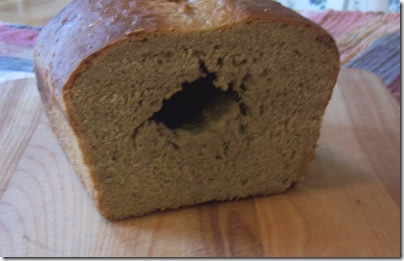
I used a skewer to test the doneness but I must not have put it completely in the middle. Next time, I’ll use a thermometer to make sure the bread is done.
Unfortunately, this one is going to the birds. Fortunate for them, I suppose. They like me!
Oh yeah! We were also supposed to make Apple Strudel Bread in the baking group, which I’m sure is delicious, but I didn’t get to that one. Please visit some of the other HBinFive bakers to find out how they liked that one. I’ll post the link to the roundup in a few days so you can view them.
Thanks for joining us today in the bread-baking blog. Look for more breads from the Healthy Bread in Five Minutes Baking Group.

About the HBinFive Baking Group
The HBinFive Baking Group, started by Michelle of Big Black Dogs, is baking through all of the breads in the Healthy Bread in Five Minutes book. For more information on the new HBinFive baking group, check out Michelle's blog.
Happy Baking!
Cathy
